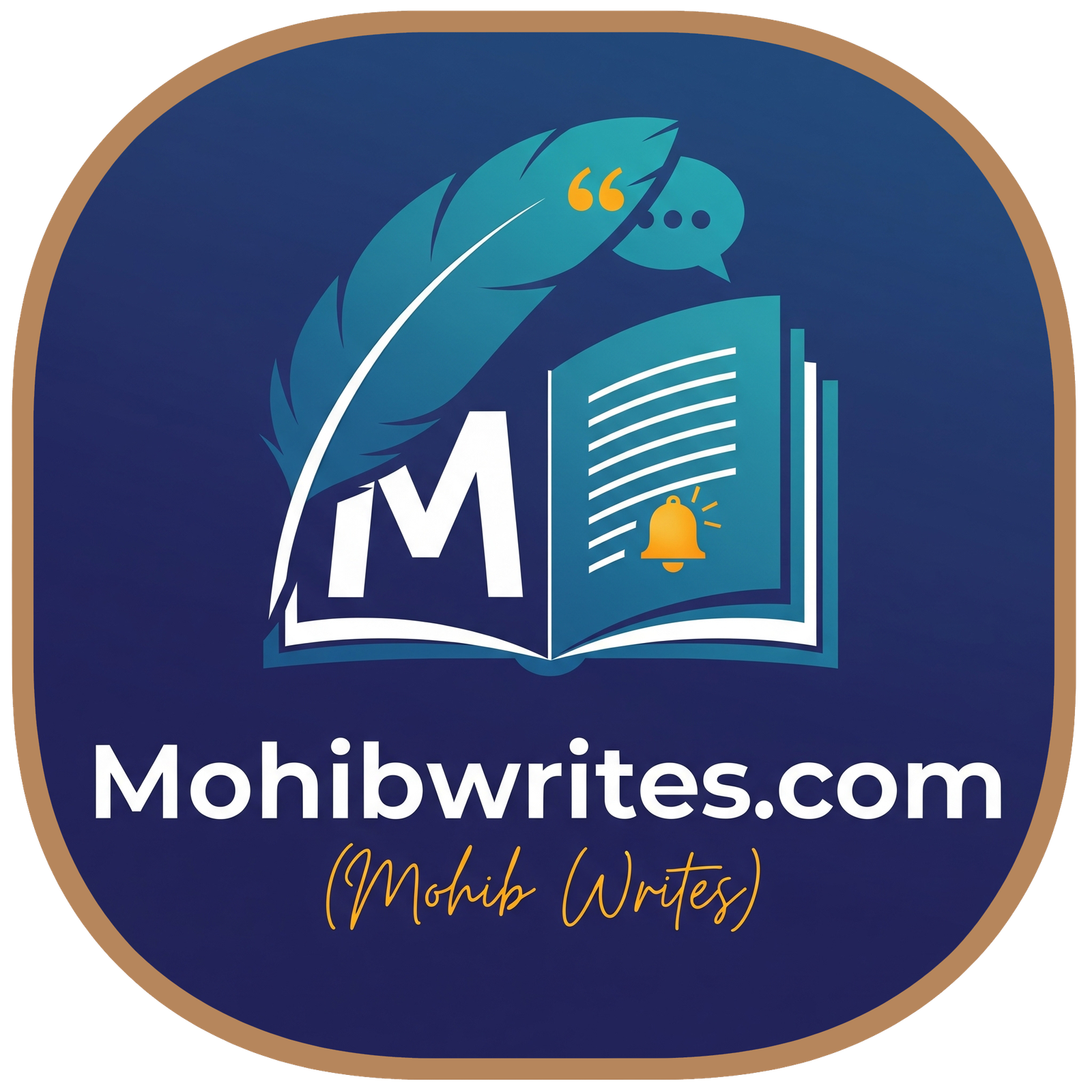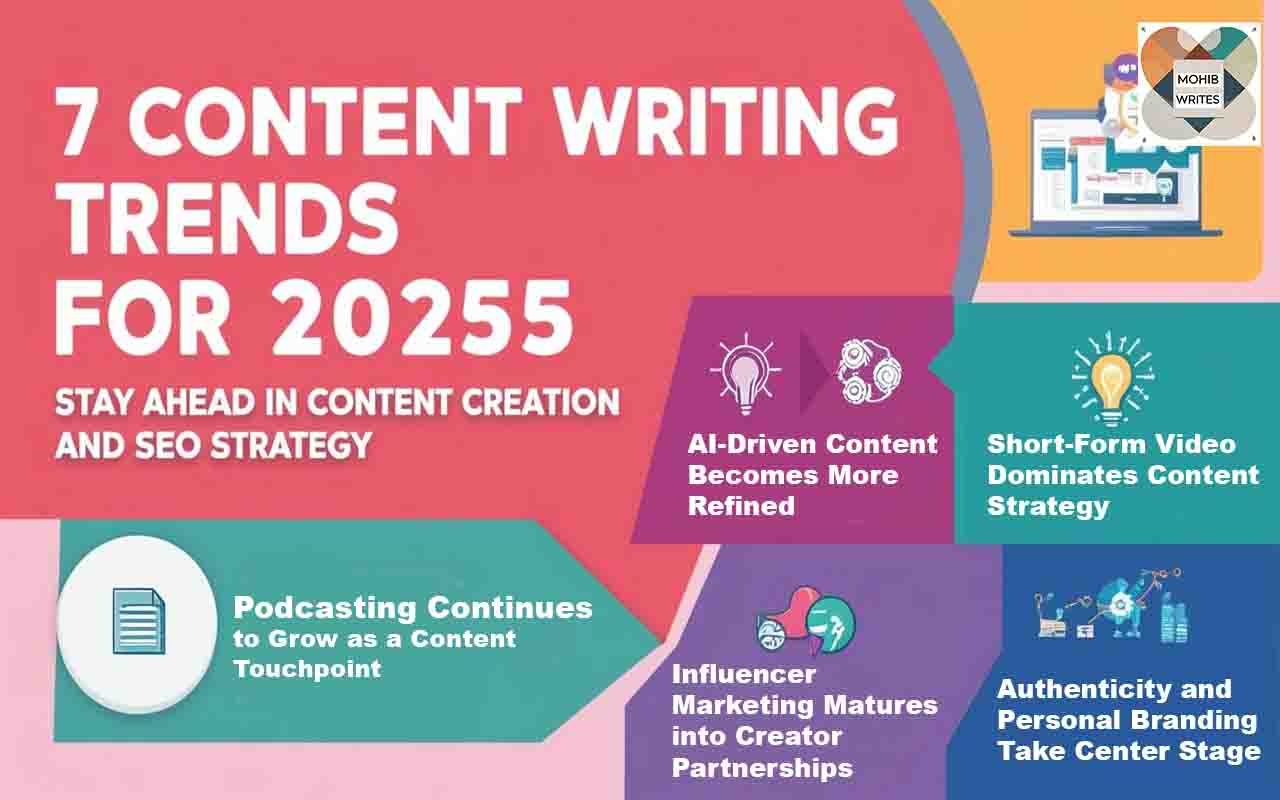The ChatGPT-4 AI chatbot offers a range of functions like understanding languages, extracting information, and transcribing images. These capabilities make it a versatile tool for everyday tasks, whether on a Chromebook, smartphone, or tablet. From assisting with thesis work to optimizing workflows, ChatGPT has plenty to offer. This guide highlights the top productivity hacks to help you get the most out of ChatGPT.
1. Use ChatGPT to Help with Debugging
Practice Programming Languages and Concepts
ChatGPT is a handy tool for debugging code. Whether you’re tackling a single line or an entire code block, ChatGPT provides guidance. With its extensive programming knowledge, it can suggest solutions and explain errors step-by-step.
How to Get Started:
- Open ChatGPT.
- Paste the code (programming language) into the prompt box.
- Describe the issue (anything in your mind) and request a detailed walkthrough of the solution.
- If the first solution doesn’t work as you expected, ask ChatGPT for alternative approaches.
While ChatGPT is a great assistant, remember that it is still in learning process, and the accuracy of its suggestions may vary.
2. Plan a Project with ChatGPT
Manage Deadlines and Goals with Ease
When faced with the daunting task of project planning, ChatGPT can help break down a general topic into actionable subtopics. It provides clarity on goals, timelines, and strategies.
How to Plan a Project:
- Open ChatGPT.
- Use the prompt: “Can you help plan a project for me?“
- Provide details about the project’s purpose, goals, and audience.
ChatGPT will create an outline, which you can further refine or transfer to a word processor or Google Doc. If needed, you can ask it to format the plan as plain text, Markdown, or HTML.
3. Generate Catchy Headlines with ChatGPT
Optimize Content Creation for Social Media
Struggling to craft the perfect headline? ChatGPT analyzes your content and suggests tailored headlines for various platforms.
Steps for Creating Headlines:
- Open ChatGPT.
- Use the prompt: “I want to create a headline about [subject] for [platform].“
- Ask for multiple options if needed.
ChatGPT considers platform-specific nuances—like hashtags for X (formerly Twitter) or call-to-action phrases for Facebook.
4. Brainstorm New Ideas with ChatGPT
Boost Creativity and Innovation
If you’re stuck during the ideation process, ChatGPT can help you brainstorm unique topics and perspectives.
How to Brainstorm Effectively:
- Open ChatGPT.
- Use the prompt: “Help me brainstorm ideas for [topic] with [specific subtopics].“
ChatGPT generates a list of key points and topics. While its suggestions are helpful, consider verifying facts and sourcing additional information for accuracy.
5. Summarize Meeting Notes with ChatGPT
Simplify Information Extraction
Organizing meeting notes can be overwhelming. ChatGPT simplifies this process by turning lengthy notes into concise summaries, bullet points, or action lists.
How to Summarize Notes:
- Open ChatGPT.
- Use the prompt: “Can you summarize these notes into [desired format]?“
- Paste the notes into the prompt box.
You can also reformat lectures or reading notes for studying purposes.
6. Translate Documents and Text with ChatGPT
Break Language Barriers
ChatGPT supports document translation into multiple languages, offering contextually accurate results.
How to Translate Text:
- Open ChatGPT.
- Use the prompt: “Can you translate this into [language]?“
- Paste the content into the prompt box.
While ChatGPT is effective for contextual translations, double-check with a professional translator for critical tasks.
7. Draft Work Emails with ChatGPT
Save Time Writing Professional Messages
Composing emails can be tedious, but ChatGPT makes the process efficient. Whether you’re writing to a client or a manager, it ensures your tone is appropriate.
How to Use ChatGPT for Emails:
- Open ChatGPT.
- Use the prompt: “Can you draft an email to [recipient] with these details?“
- Copy the response, adjust it as needed, and send.
ChatGPT is also helpful for creating cover letter templates for job applications.
8. Analyze Data with ChatGPT
Identify Insights and Trends
For those working with datasets, ChatGPT can analyze data and present summaries with tables or charts.
How to Analyze Data:
- Open ChatGPT.
- Use the prompt: “Can you analyze this data?“
- Upload your dataset (ensure it meets file size and format requirements).
While ChatGPT’s data capabilities are robust, note its limitations on file sizes and the number of uploads allowed.
Understanding ChatGPT’s Limitations
While ChatGPT is powerful, it’s not perfect. It can misinterpret prompts or provide inaccurate responses. Additionally, excessive reliance on AI can raise ethical concerns in academic and professional settings.
By leveraging ChatGPT’s strengths while being mindful of its limitations, you can enhance your productivity without compromising quality.
Also: 3 Ways to Make Money Online Using ChatGPT Search in 2025






